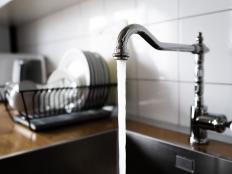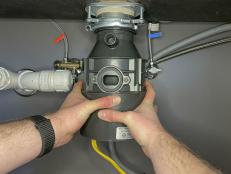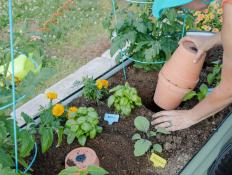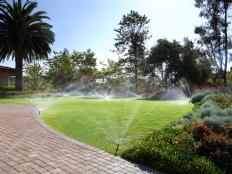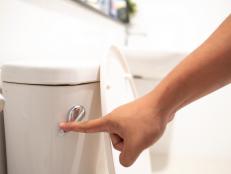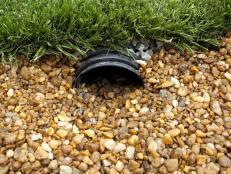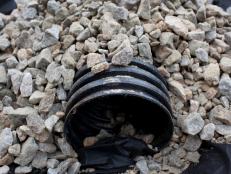How to Increase Water Pressure in a Garden Hose
Low pressure in a garden hose can be caused by a number of issues. Here’s what to look for and when to know if you’ll need professional help.

Shutterstock/topseller

This article assumes that the actual garden spigot itself is experiencing a low-pressure issue. If your spigot is delivering plenty of pressure with the hose taken off, the issue is likely the length of your hose or an obstruction of some sort in the sprayer or hose itself. Low pressure at your garden hose spigot can be caused by one or a combination of issues, such as clogged or leaking pipes, excessive corrosion in the spigot valve or a lack of water pressure coming from the street.
Where to Start
The first thing you should do is look for any leaks. A leaking supply pipe could be causing your pressure issues and some undetected damage under your house or in the walls. The best way to check for a leak is to turn off every faucet and water-consuming appliance in the house. Next, walk out to your water meter and see if it’s spinning. If nothing inside is using water and your meter is running, you have a leak, and you'll need to start following pipes under your house to find it.
If you don’t find any leak, the next culprit could be a clogged supply line. Follow the pipes behind your house spigot and examine them for age and corrosion. If you’ve got PVC or PEX lines, this likely won’t be an issue, but if you notice some serious corrosion on copper or galvanized supply pipes, it might be causing your low-pressure woes.
Next, it’s worth replacing your hose spigot to see if that solves the issue. You’ll need a set of adjustable wrenches for this. Make sure to shut your water off at the street before starting so you don't end up getting yourself sprayed. Then, follow our step-by-step instructions to remove and install a new spigot.
If your pipes look new, and your new spigot doesn’t increase your pressure, it’s possible that your pressure coming in from the water main is too low. Use a 3/4" water pressure test gauge from your local home center to test the pressure coming out of your spigot. Ideal household water pressure hovers anywhere between 45 and 55 psi, while anything over about 70 psi will cause significant damage to appliances and plumbing fixtures.
Turning Up the Pressure
Every home has a water pressure regulator where the water supply enters the home from the street, and it's usually close to your water meter. If your pressure gauge reading was excessively low, it’s time to visit the pressure regulator under your home. Your regulator will have an adjustment screw that can be adjusted to increase pressure with a clockwise turn of the main screw. It’s usually a good idea to consult a plumber if you have to make a large adjustment to the water pressure coming into your home. Increasing your water pressure could put a strain on old pipes or accelerate wear on fixtures everywhere in your home. Additionally, a significant drop in water pressure could be a sign of a much larger problem that needs to be addressed by a professional.







